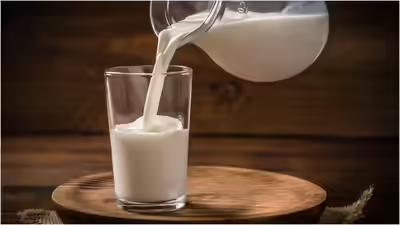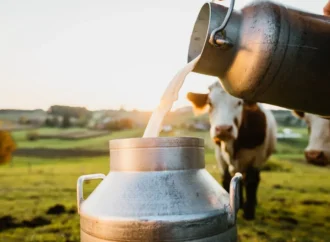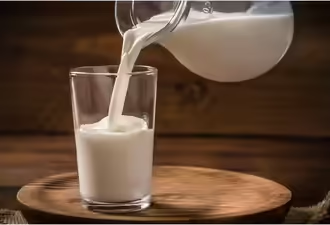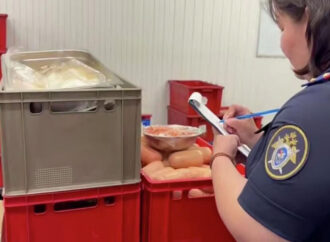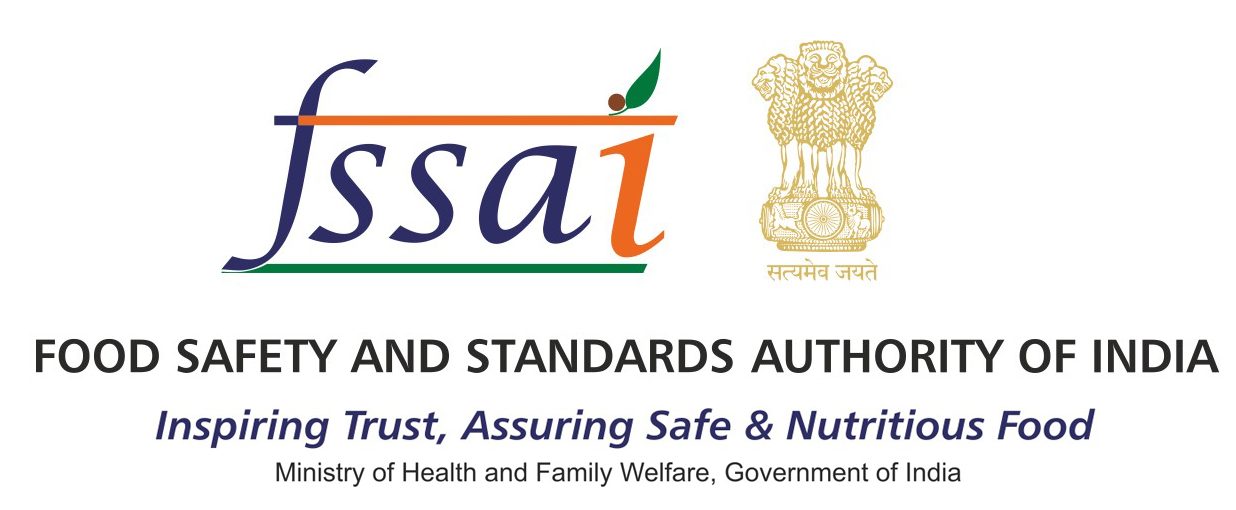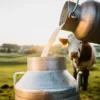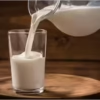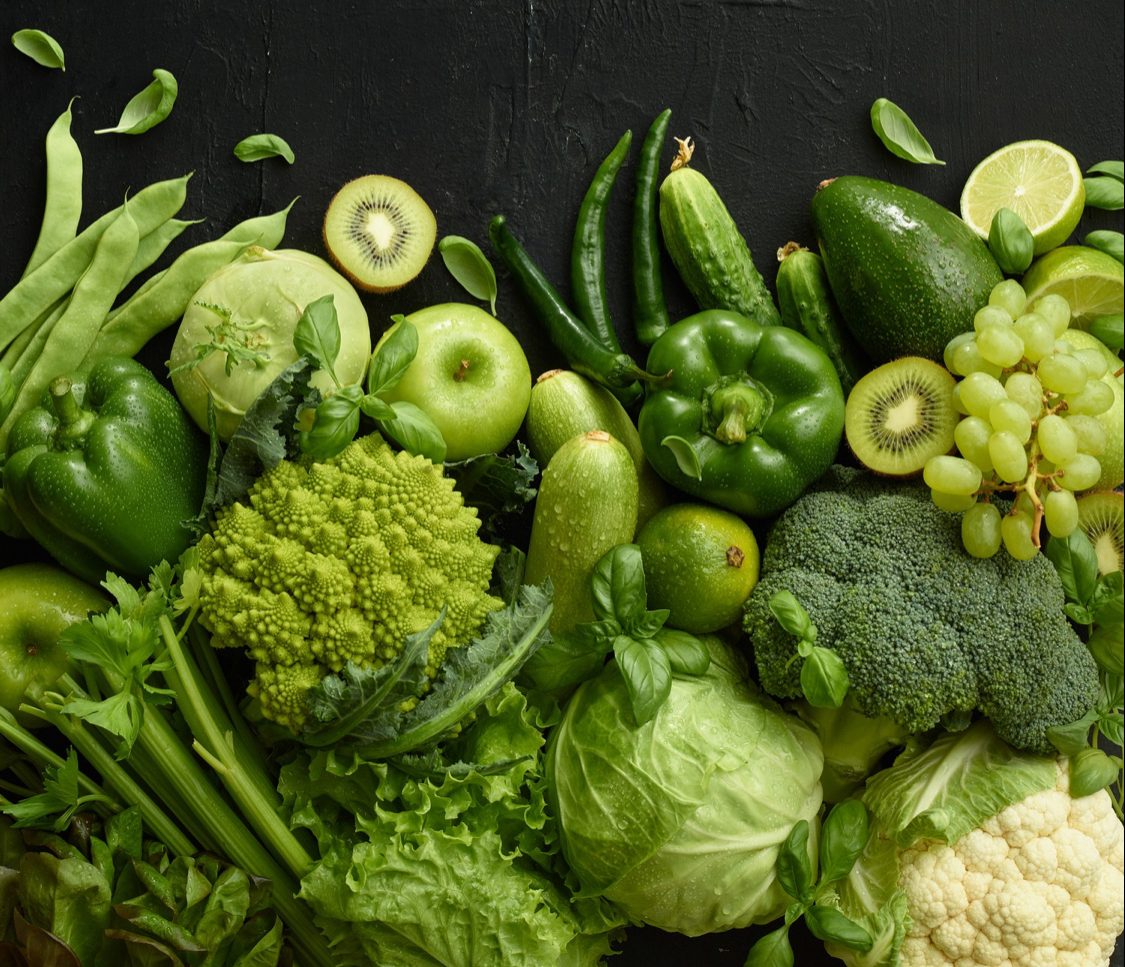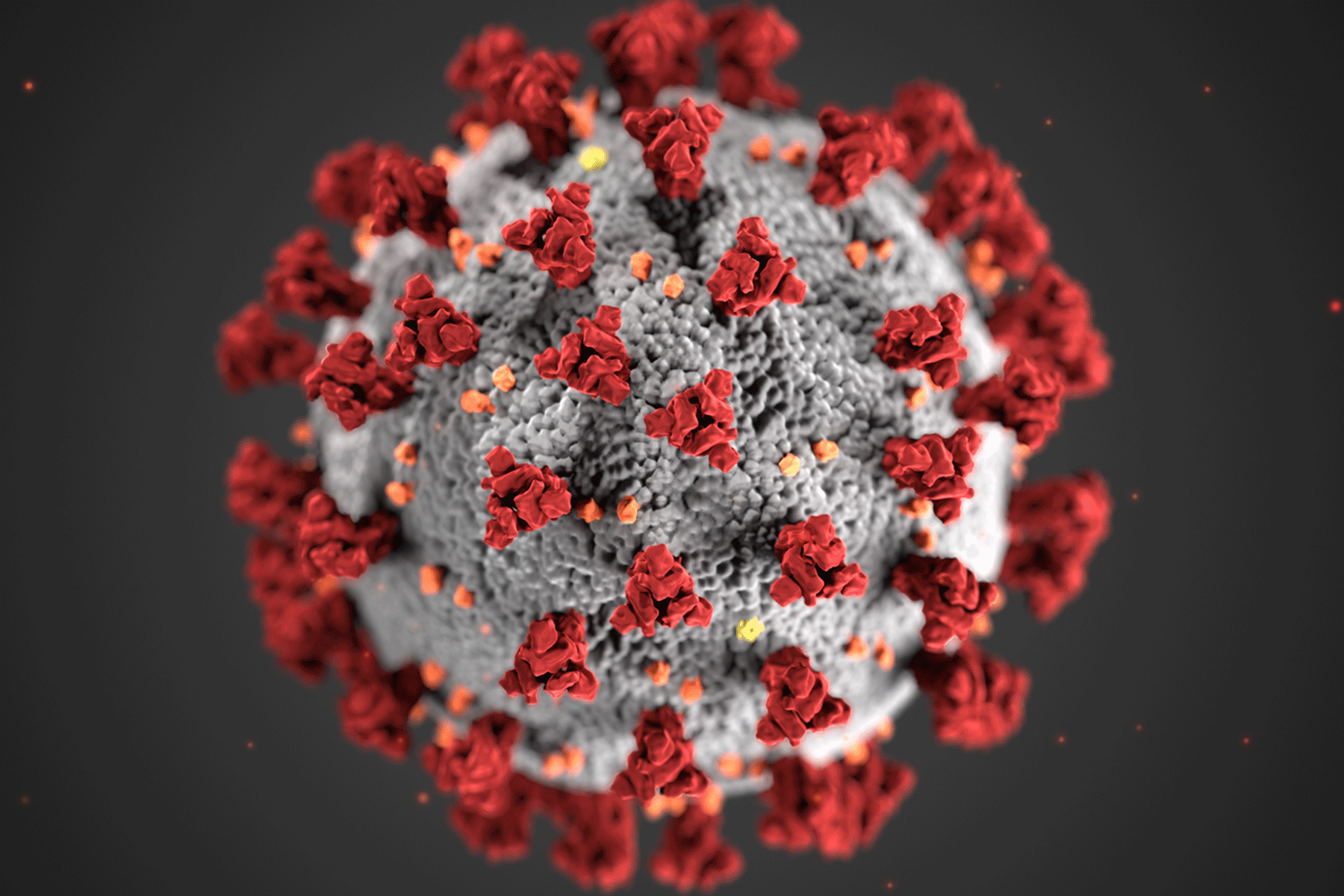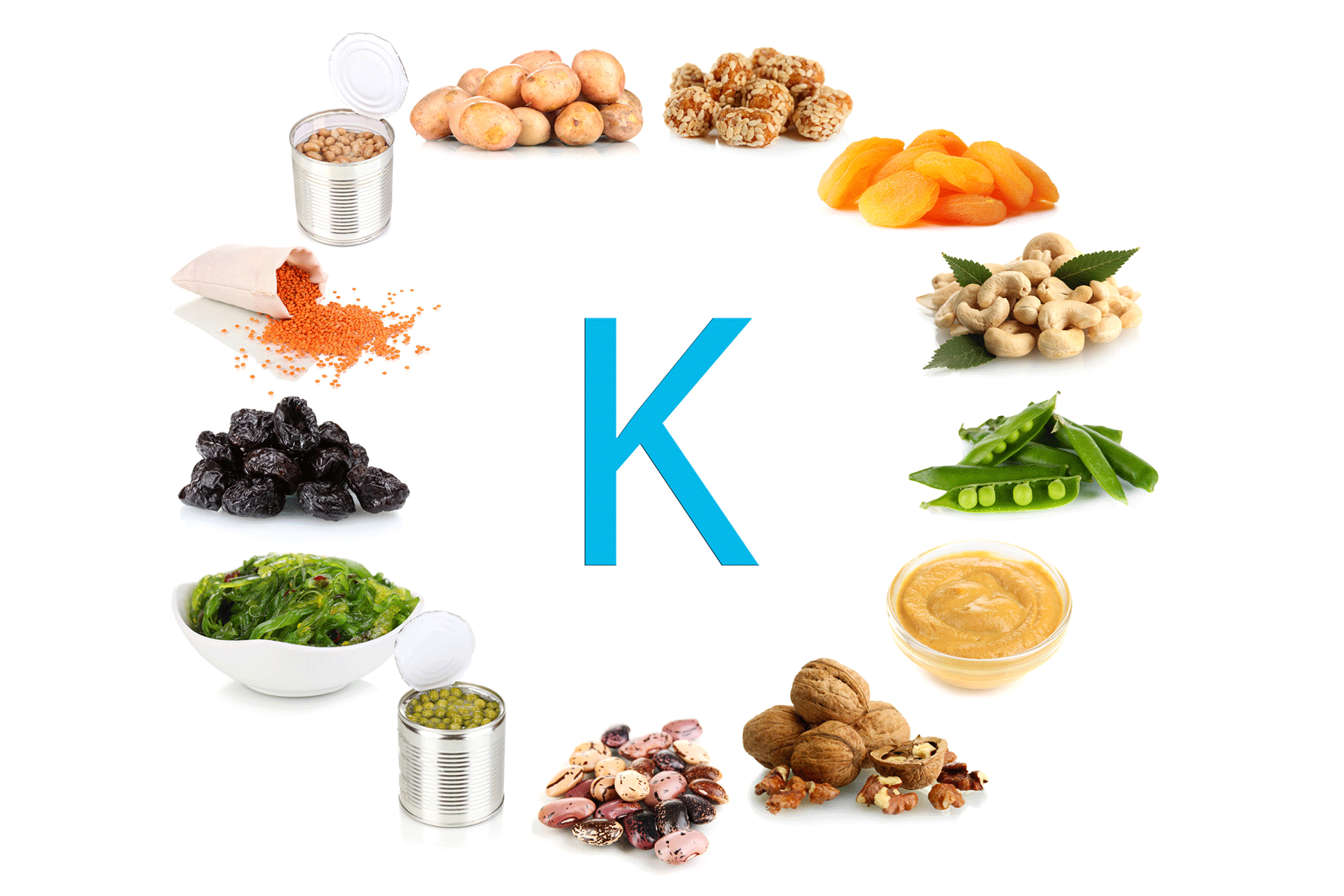Key Development
A research team at Christ (Deemed to be University), Bengaluru, has turned an ancient Asian dye wood into a tool for food safety, enabling the detection of when milk begins to spoil. They extracted compounds from Caesalpinia sappan L. (sappan heartwood) to create a plant-based colour indicator that changes hue as milk loses freshness.
Smart Packaging Potential
The team plans to integrate the indicator into intelligent packaging that alerts consumers in real time when milk or other perishables start spoiling. This innovation could help reduce waste and prevent unsafe consumption, especially in India, which produces over 239 million tonnes of milk annually — about a quarter of the world’s supply. Spoilage remains a major problem in areas with limited refrigeration.
Blending Tradition with Modern Chemistry
A study on the subject was conducted, with contributions from doctoral scholars and student collaborators. The findings were published in Food Analytical Methods (Springer Nature) and have led to an Indian patent application.
Colour Signals Spoilage
The team boiled sappan heartwood in water to make the indicator, which reacts sharply to pH changes, the key chemical sign of milk spoilage. Fresh milk keeps the solution bright orange-red. As acidity rises, it shifts to orange and then yellow, corresponding to a pH drop from 7.0 to 3.5. The active compound brazilein, a stable natural pigment, makes the sensor reliable under heat and light.
Smartphone Detection Simplifies Testing
Researchers demonstrated that a smartphone camera can capture the colour change. By processing images through RGB (red, green, blue) analysis, they used the green chromatic shift as a measure of milk freshness. Dr Vinod said, “This method eliminates the need for laboratory tools or trained personnel. Anyone can check milk quality visually or with a smartphone app.”
A Sustainable Step in Food Safety
By combining traditional plant chemistry with digital tools, the researchers created a sustainable, low-cost innovation. Their approach turns colour into a simple, actionable language of food safety, offering an accessible way to protect consumers and reduce spoilage.
Source: The Times of India
 Food Manifest
Food Manifest 